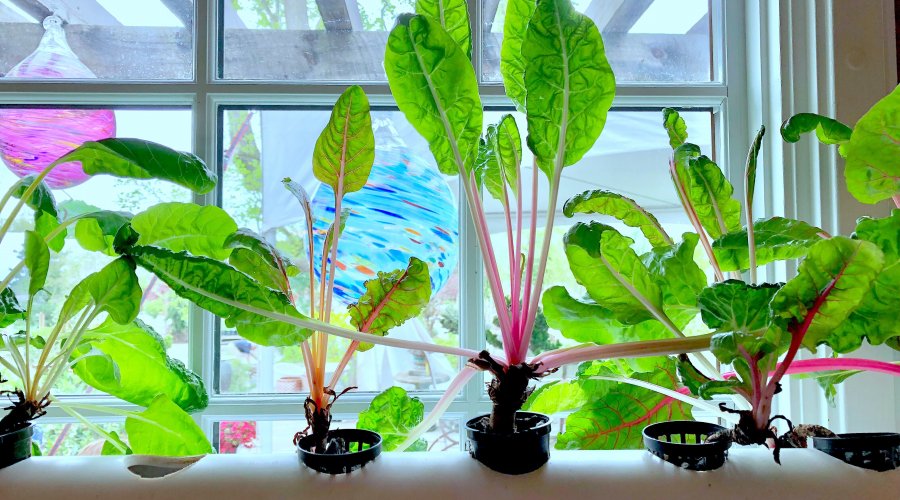What You Need To Know About Hydroponic Gardening
- Saturday, 18th Dec, 2021
- Admin

Here we are discussing hydroponics gardening.
Hydroponics is simply a soil-less technique for developing plants. Any plant – regardless of whether it is a flower, herb, or vegetable – can be developed along these lines. The plants are upheld in an inert, Hydroponic grow media, such as gravel, scoria, vermiculite, sand, perlite, or Rockwool (a fibrous material made from rock and sand). Supplements are disintegrated in water and afterward taken care of to the plants, so the plants don't need to foster root systems searching for them. It's a minimal method of growing your own veggies and can even be done indoors if you have the necessary equipment.
Plants grown by hydroponics need exactly the same things soil-grown plants need, including sunlight or artificial light. What you really want to begin relies upon the number of plants you need to grow. You can have a small glasshouse fitted out, or a couple of well-drained containers outdoors, or even a plastic pipe attached to a wall. A basic method for beginners is with an essential container, for example, a window box loaded up with vermiculite or perlite. A more complex system can be set up to recycle the water and nutrients, using an automated system that doesn't require electricity but which releases nutrients at pre-set intervals.
It is possible to transfer plants growing in garden beds or pots to a hydroponic system. Select a healthy infection-free plant and delicately wash off all the dirt or prepare a blend from around its roots. Quickly place the plant or seedling into perlite or whichever medium you're using. Try not to allow the plant to dry out. Assuming you are planting from seed, sow the seeds directly into hydroponic grow media perlite, vermiculite, or Rockwool cubes.
Plants develop quickly with this hydroponics strategy, so it is essential to guarantee you consistently harvest and eliminate any old plants that are over the hill. You also need to replace the nutrient solution every four weeks. Despite the fact that plants are filled in water, hydroponics use less water than usual growing methods, as the water can be gathered and pumped back for re-use. In manual systems, checking and topping up the water routinely, particularly on hot or windy days when evaporation occurs.
You'll also need to keep your hydroponic system clean by flushing it out once a year. Plants that are grown hydroponically are liberated from attack from many pests and diseases that proliferate in soil mediums. But keep an eye out for pests or diseases appearing on leaves or fruit and apply a registered control when needed.